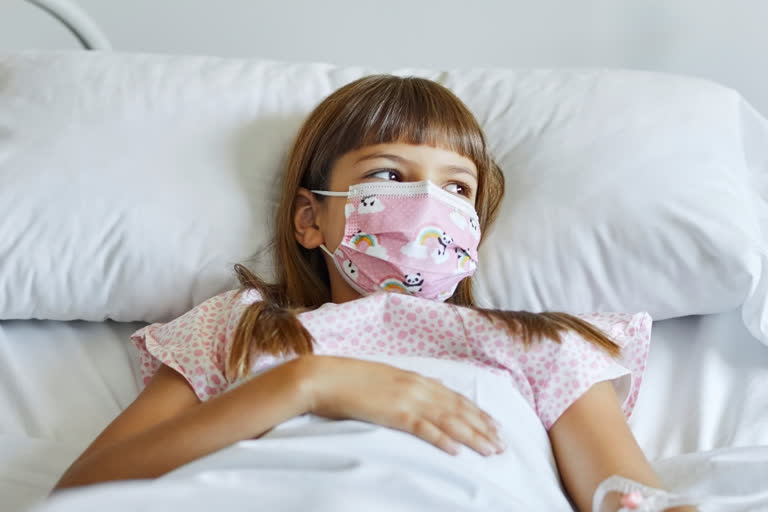Croup is a type of respiratory illness, known medically as laryngotracheitis, in babies and young children. It is characterised by barking cough and noisy breathing. In severe cases, it can dangerously constrict breathing. A team of researchers from the Universities of Colorado and Northwestern in the US, examined 18,849 children hospitalised with SARS-CoV-2.
Their results published in the JAMA Pediatrics showed that upper airways infection increased during the Omicron surge. More than one-fifth of children hospitalised with SARS-CoV-2 and upper airways infection in the US developed severe disease. About 384 had an upper airway infection. Severe disease, defined as requiring invasive ventilation, vasopressors, or extracorporeal membrane oxygenation or death, occurred in 81 children. The study also found that children with upper airways infection during the Omicron period were more likely to be younger and less likely to receive dexamethasone or develop the severe disease compared with those in the pre-Omicron period.
"Children with severe upper airway infection are at risk of cardiac arrest from rapid-onset upper airway obstruction. They may require therapies typically provided in intensive care units, including frequent administration of nebulized racemic epinephrine, helium-oxygen mixtures, and intubation," said the researchers including Blake Martin, from the Department of Pediatrics at University of Colorado's School of Medicine. "While the rate of SARS-CoV-2 paediatric upper airway infection is not overwhelmingly high, understanding this new clinical phenotype and the potential for acute upper airway obstruction may help guide therapeutic decision-making," they added.
After being detected from African countries in November last year, Omicron soon gained presence worldwide and became the dominant strain, replacing Delta. It became dominant in the US the week ending December 25. "Omicron is known to cause lower severity disease than the Delta (B.1.617.2) variant. This may be because Omicron replicates less efficiently in lung parenchyma and more efficiently in the conducting airways," the researchers said.
The team explained that SARS-CoV-2 can cause severe paediatric disease, including acute COVID-19 and multisystem inflammatory syndrome. Published reports associating SARS-CoV-2 with upper airway infection, such as laryngotracheobronchitis (croup), have been limited to small case series. Although non-coronaviruses, including parainfluenza and respiratory syncytial virus, most frequently cause upper airway infection, coronaviruses (eg, type NL63) are also commonly implicated.
(IANS)
Also read: Why COVID-19 cases are rapidly surging among children in India?



